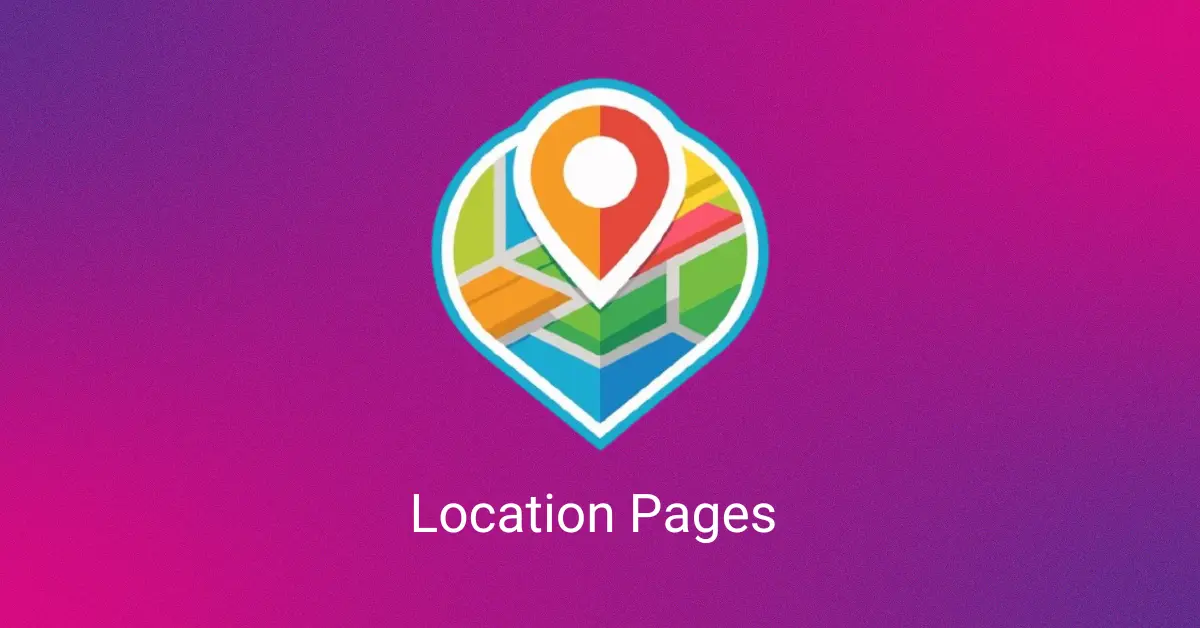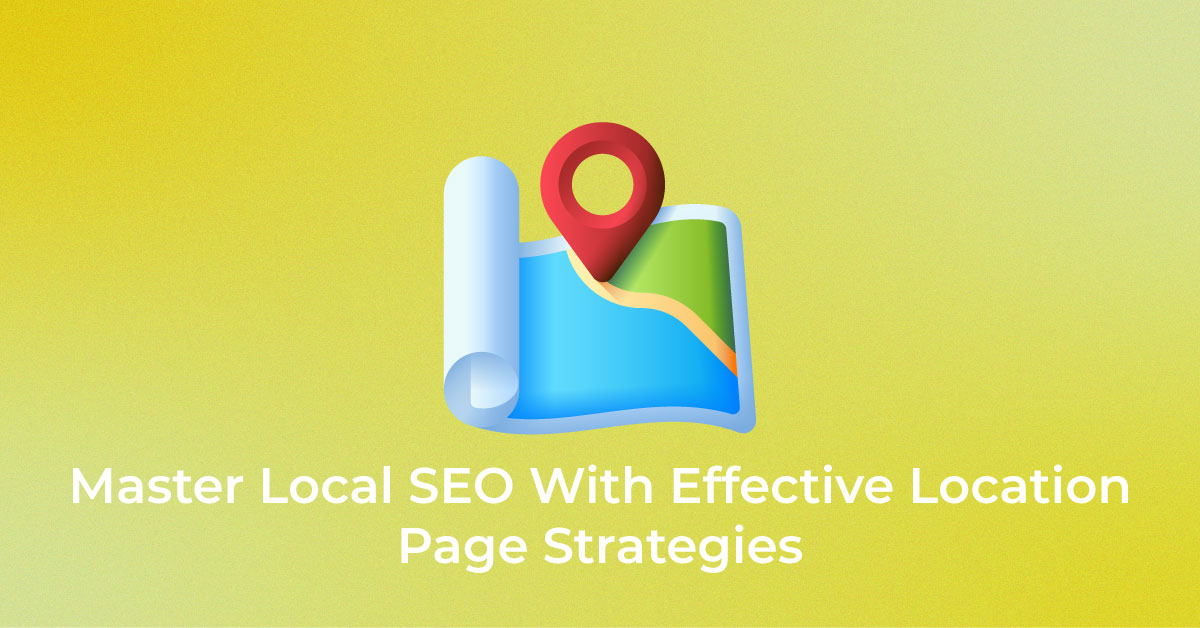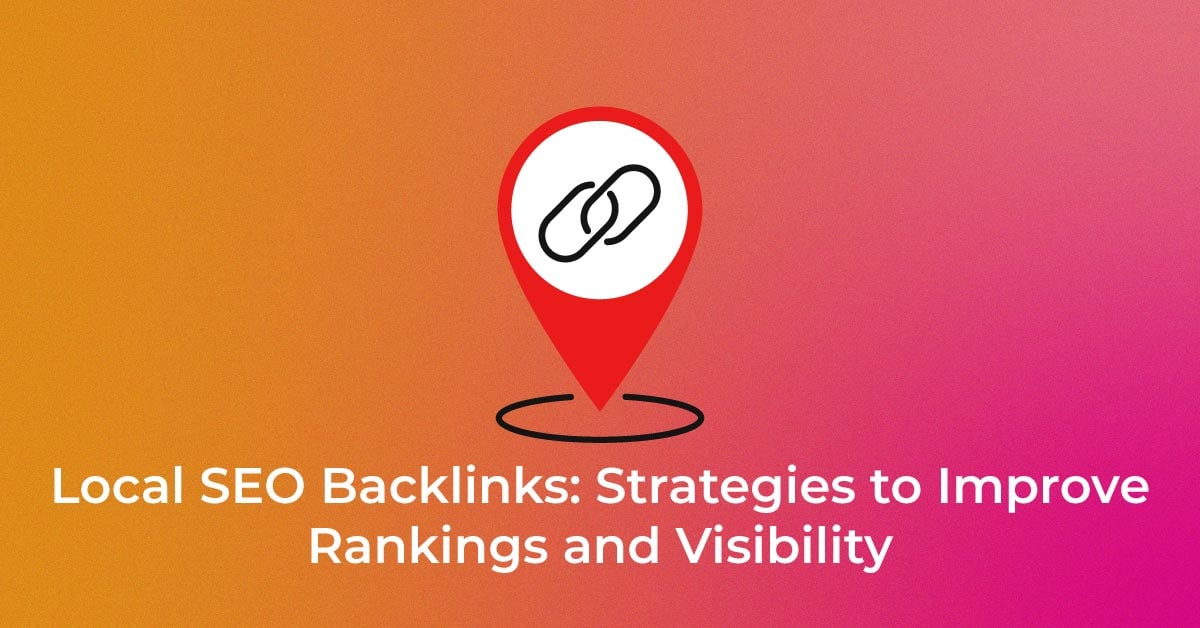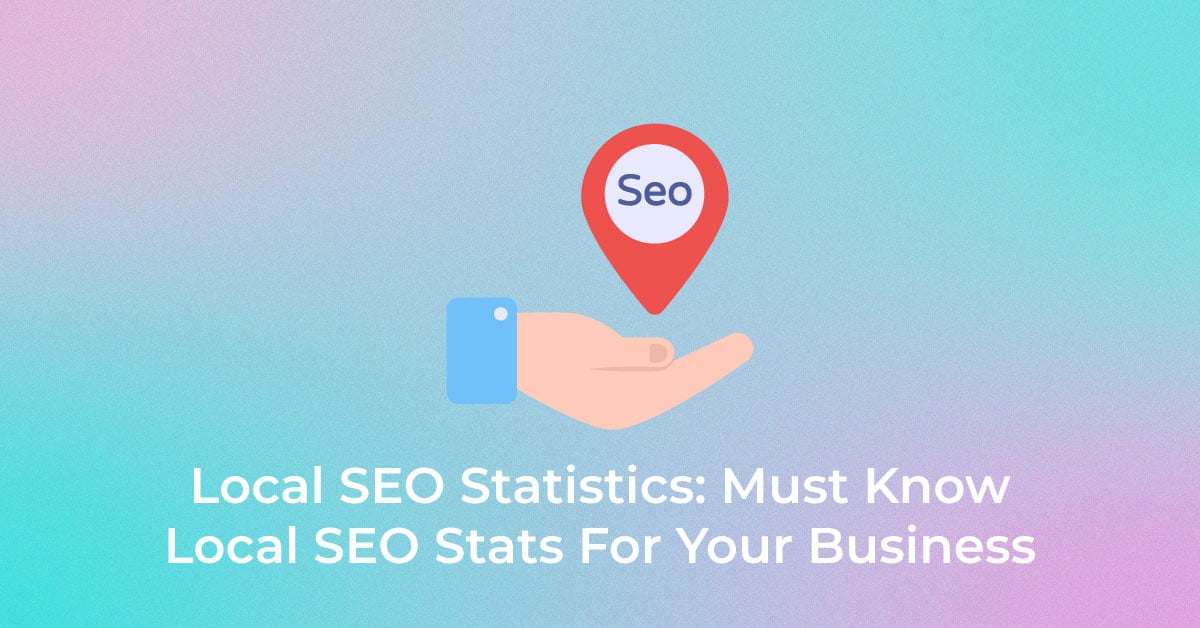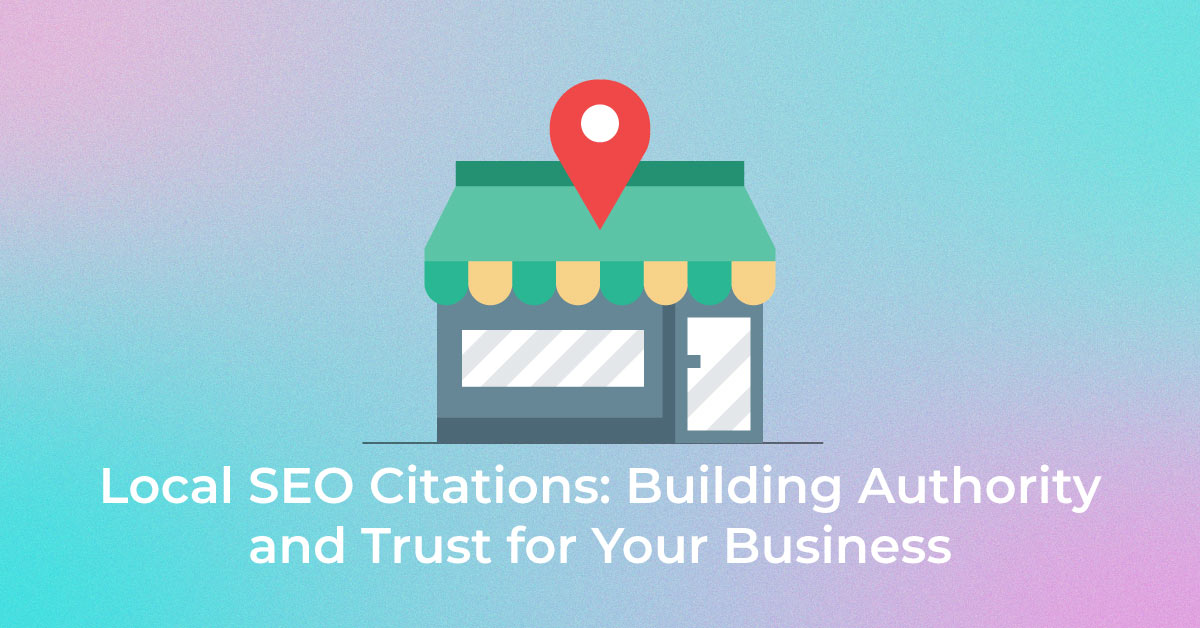What Are Local Keywords?
Local keywords are phrases that include geographical locations or terms that carry local intent. These phrases aims to attract customers within a specific region, city, or neighborhood. When potential customers search for products or services, they often use keywords that embody where they are or where they wish to find the offering. For example, instead of searching for just “dentist,” they might input “dentist in New York” if they are looking for dental services in that city.
In essence, local keywords are the secret sauce for connecting with an audience that is situated in your business’s operating area. By infusing your online content with these location-specific terms, you bolster your visibility for searches performed by a locally-targeted audience.
Imagine you own a bakery in San Francisco. To capture the local market, you might target keywords like “best sourdough bread in San Francisco” or “San Francisco bakery near me.” Through their utilization, businesses can signal search engines like Google to rank their services for those specific areas or inquiries.
Importance of Local Keyword Research
Local keyword research isn’t just a strategic move—it’s critical for the survivability and growth of your local business in the digital marketplace. Here’s why it’s pivotal:
Local Searches Lead to Local Purchase: Local SEO statistics suggest that nearly half of Google searches are with a local intent, and searches containing local keywords often lead to purchases within a single day. By targeting local keywords relevant to your business, you significantly increase the likelihood of attracting customers ready to buy.
High Purchase Intent: When users search using local keywords, they often have a strong intent to take action. A whopping 88% of people who conduct a local search on their mobile visit or call the business within 24 hours, driving tangible foot traffic and conversions for local businesses.
Less Competitive Landscape: Since local keywords are targeted towards a specific geographic area, they are generally less competitive than broader keywords. This means that ranking highly for local search terms may be easier and could result in a higher return on investment for your SEO efforts.
Builds Relevance and Trust: Evidence shows that consumers prefer personalized experiences. Optimizing your online presence for local searches not only helps in attracting potential customers within your locale but also builds trust and relevance in your community.
Tailored User Experience: Leveraging local keyword research allows you to create content that resonates with local dialects, cultural nuances, and regional interests. This level of personalization strengthens your connection with your audience and enhances user engagement.
By deeply understanding and applying local keyword research, you’re not just aligning your business with search engine parameters, you’re also creating a bridge between your offerings and the specific needs of the community you serve.
Types of Local Keywords
When discussing types of local keywords, you’ll encounter variations tailored to capture explicit and implicit local search behaviors. Understanding these types, and how they interact with consumer search patterns, can maximize your local SEO impact.
- Explicit Local Keywords: These keywords are directly associated with a specific location. Users include a clear geographic component in their search query, like “Italian restaurant in downtown Chicago.” These keywords often signify a user with a specific intent to find a business or service in a clearly defined area.
- Implicit Local Keywords: These are used when consumers expect search engines to provide results relevant to their location without them having to specify it. Simply searching “car repair” can return local garage options, depending on where the search is made. Implicit keywords rely heavily on a search engine’s ability to detect location data.
- “Near Me” Searches: A modern twist in local search behavior, “near me” searches have skyrocketed with the advent of mobile GPS technology. Keywords like “coffee shop near me” leverage the user’s current location to deliver immediate and relevant results.
- Long-tail Local Keywords: These are extended phrases that combine product or service specifics with local identifiers. They are less competitive and more targeted. For instance, “organic hair salon in Brooklyn with eco-friendly products” pinpoints a very specific searcher intent, coupled with a local emphasis.
- Localized Service/Product Keywords: These blend what you offer with a local slant. They’re not as direct as explicit local keywords but are important for users cognizant of supporting local businesses. Examples include “Texas-made leather boots” or “locally sourced Floridian seafood.”
Including a variety of these keyword types in your content strategy harmonizes with the varied ways people search for local information, ensuring your business shows up no matter how the search is executed.
Steps for Conducting Local Keyword Research
Step 1: Identify Your Target Audience
Understanding your target audience is the foundational step in effective local keyword research. Knowing who you are trying to reach with your products or services allows you to tailor your SEO strategy to their specific needs and search habits. Start by creating a profile of your ideal customer, considering factors such as their age, gender, interests, income level, and especially the location where your business operates.
You need to understand not only who they are but also how they seek out your services. Dive into the problems they face and solutions they seek – this may involve conducting surveys, engaging on social media, or gathering feedback from current customers. Remember, you’re aiming to use the language and search habits of your audience in your keyword strategy.
By getting to know your target audience at a granular level, you can anticipate the terms they’ll use in search engines when looking for your products or services, shaping your keyword strategy to line up perfectly with your audience’s demands.
Step 2: Brainstorm Seed Keywords
Embarking on your local SEO journey begins with a brainstorming session to generate seed keywords – the building blocks of your keyword strategy. These generic head terms relate directly to your business and are fundamental in uncovering more specific, long-tail search queries later on.
Imagine you’re someone who needs what your business offers. What would you type into Google to find it? Pretend you’re the customer and make a list of all the terms you might use. This includes everything your business does, covers, or sells, even the things you might not first think about.
Here’s what to do:
- Start by writing down what your business does. For example, if you’re a baker, you’d write: “bread, cakes, cookies.”
- Think of all the different types of products or services you offer. A baker might have: “sourdough, wedding cakes, gluten-free cookies.”
- Now, think about what other ways people might describe what you do. For a baker, customers might also search for “custom cakes, local bakery, fresh bread near me.”
- Do a little Google search and see what other terms pop up or what words businesses similar to yours use. You could type “bakery” into Google and see suggestions like “artisan bakery” or “birthday cakes.”
- Don’t forget to check if you’ve missed anything. Maybe you also have a coffee shop in your bakery, so add searches like “cafe” or “coffee near me.”
- Finally, have a look at what services you might Imagine you’re a customer looking for something your business provides. Think about what words you would type into a search engine to find what you’re looking for. Consider all the different things your business offers and how people might talk about them. This is your chance to make a list of terms that reflect the various ways customers might refer to your products or services.
Your seed keywords will serve as a foundation you can later expand on using keyword research tools, which will allow you to find more niche and geo-specific phrases depending on their popularity and relevance.
Step 3: Utilize Keyword Research Tools
Once you have your seed keywords, it’s time to refine and expand your list using keyword research tools. These tools offer data-driven insights into how often certain terms are searched, the level of competition for these terms, and even variations or related keywords that you might not have considered.
Leverage tools like Ahrefs Keywords Explorer and SEMRush to get detailed analyses of keyword metrics. Platforms such as AnswerThePublic can offer query-based suggestions, providing insight into what potential customers are asking online. Ubersuggest and Moz Keyword Explorer are excellent for getting both broad and hyper-local keyword ideas. Don’t forget about Google’s own tools—Keyword Planner for search volume and competition metrics, and Google Trends to assess the popularity of certain terms over time.
Each tool has its unique strengths – for instance, Keywords Everywhere provides on-the-go keyword data as you browse the internet, while QuestionDB can help you zero in on the exact questions being asked in your industry.
Utilize these tools to assess the viability of your keywords – prioritize those with a high search volume but lower competition. This is where you can also identify long-tail keywords, which might have lower search volumes but can pack a punch with high conversion rates due to their specificity.
Remember, your goal is not just to attract traffic, but to attract the right kind of traffic that will convert to customers. Thus, assess the keyword suggestions in terms of their relevance to your business and the intent behind the search query.
Step 4: Analyze Competitor Keywords
Spying on the competition can give you a competitive edge in local SEO. By analyzing which keywords are bringing success to similar local businesses, you can unearth insights about effective keywords that you might be missing.
Begin by identifying your closest competitors. Who dominates the local search results in your industry? Next, use a tool such as Ahrefs’ Content Gap feature or SEMrush’s Competitive Research tool to pinpoint the keywords these competitors are ranking for. This comparison will reveal not only the key phrases they’re targeting but also gaps in their strategies that you could potentially capitalize on.
Examine your competitors’ top-performing pages as well—what content is attracting the most traffic for them? Dive into the specific terms these pages rank for and how these businesses are structuring their content to cater to these keywords. You may discover content ideas you’ve overlooked or novel ways of targeting keywords, including geo-targeting, that can be adapted for your use.
Remember, while it’s beneficial to learn from the competition, it’s equally important to differentiate your strategy. Pick keywords that align best with your unique value proposition and where you can authentically outrank others by enhancing your content quality, relevance, and authority.
Step 5: Leverage Google Search Features
To fully harness the potential of local SEO keyword research, you need to consider how Google’s search features can affect your visibility. Google offers a plethora of features that prioritize local businesses. This includes the “Local Pack,” which highlights local businesses related to the search query atop the search results, increasing their likelihood of being noticed by potential customers.
Ensure that your Google My Business (GMB) profile is claimed, verified, and updated with accurate information. Keywords relevant to your business, when incorporated into your GMB profile description, can boost your chances of appearing in local search features.
Encourage customers to leave reviews and regularly post updates or offers to stay active and relevant. The user reviews on GMB can also help identify local keywords that real customers use while describing your business, which can be insightful for your keyword strategy.
Additionally, keep an eye on “People also ask” sections and related searches at the bottom of the search results page. These can guide you towards questions and additional keywords you might want to target.
Regularly experimenting with different search queries will give you a real-time feel of how Google is presenting local search results and allow you to iterate your strategy accordingly.
Organizing Your Local Keywords
Organization is key to successfully deploying your local keywords. Without a structured approach, the most insightful keywords can get lost in the shuffle. To manage your keywords effectively:
- Categorize by Intent: Break down your keywords by their search intent: navigational (finding a specific site), informational (seeking knowledge), transactional (looking to purchase), and commercial investigation (comparing options). This will fine-tune your content strategy to meet specific user needs.
- Segment by Location: If you serve multiple locations, create dedicated pages for each. Incorporate local keywords in your titles, headers, and body while providing location-specific information. This helps improve your location page SEO, making it easier for search engines to understand your service areas and match them with local searches. By focusing on relevant keywords and details for each location, you enhance the visibility and relevance of your pages, ultimately driving targeted traffic to your business.
- Prioritize by Relevance and Volume: Arrange keywords based on their importance to your business and search volume data. Prioritize high-impact keywords that are most likely to attract your target audience.
- Create a Keyword Map: Associate each keyword or group with particular pages on your website, ensuring that every page targets a distinct set of keywords. This helps prevent keyword cannibalization and strengthens the SEO of each page.
- Monitor Trending Keywords: Markets evolve, and so does language. Keep a pulse on emerging local trends which could spawn new keywords or change the relevance of existing ones.
A well-organized keyword strategy ensures that you’re not only capitalizing on the optimum terms for local SEO but are also well-positioned to quickly adapt to changes in local search behavior.
Optimizing Your Content for Local Keywords
Optimizing your content with local keywords is an art that requires balance—you want to be searchable without sacrificing readability. Here’s how to weave local keywords into your content effectively:
- Homepage and Main Navigation Pages: These are prime areas for your most important local keywords. Integrate them into title tags, meta descriptions, and headers in a way that feels natural and useful to visitors.
- Location Pages: If you serve multiple locations, create dedicated pages for each. Incorporate local keywords in your titles, headers, and body while providing location-specific information.
- Blog Posts and Articles: Use local keywords to address community issues, local events, and region-specific advice. This enriches your content’s relevance and value, helping you become a local authority in your niche.
- Service/Product Descriptions: Seamlessly include local terms where they make sense. A description is not just about what you offer; it’s also an opportunity to establish where you operate.
- Meta Tags and URLs: Though often overlooked, meta tags and URLs are powerful SEO tools. Use local keywords to optimize your URLs, meta titles, and descriptions to reinforce your regional presence.
- Social Media Profiles and Posts: Consistently use local keywords on your social platforms to increase visibility and strengthen local connections.
Above all, maintain content quality. The inclusion of local keywords should never compromise the readability or the value your content provides to the reader.
How to track local keyword rankings
To gauge the impact of your local SEO efforts, you must track how your keywords rank over time. Efficient tracking will help you understand where you stand in local search rankings and inform strategies to improve your position.
Here’s a simple guide on how to track local keyword rankings:
- Use Specialized Tools: Ahrefs’ Rank Tracker and Surfer Local’s Local Rank Tracker are excellent choices for monitoring local keywords. These tools provide visibility into where your pages rank for your target keywords in a specific location.
- Set Up Tracking: Begin by adding your business to these platforms and enter your target local keywords. Ensure that you specify the geographic location you wish to track to get precise data reflecting actual local search results.
- Regular Monitoring: Frequently check the tools for updates on your keyword rankings. Look for trends, such as upward or downward shifts, and identify any correlations with recent actions, like content updates or local community events.
- Detailed Reporting: Leverage the reporting features within these tools to compile in-depth data on your local SEO performance. They often include visibility scores, competitor comparisons, and changes over time.
- Actionable Insights: Use the data these tools provide to iterate on your SEO strategy. If you notice particular keywords falling in rank, consider updating content or increasing backlinks to those pages.
Remember that consistent monitoring and a willingness to adapt your strategy based on performance data are quintessential for long-term success in local SEO.
How Do You Know if You Need Local SEO?
Determining if you need local SEO is straightforward—if your business serves customers in a specific geographic area, local SEO is essential. Here are signs to watch for:
- Location-Based Services or Product Offerings: If your business offers services or products that cater to a local clientele, such as a restaurant, salon, or plumbing service, you need local SEO to reach potential customers in your area.
- Google My Business Presence: If you have a Google My Business profile and wish to enhance its visibility to attract more walk-ins, bookings, or calls, local SEO practices can be pivotal.
- Search Result Observations: Perform searches for your business’s key services or products. If the results are populated with local businesses or a Google Maps pack, that’s a clear indication that local SEO could be beneficial for your visibility.
- Physical Location(s): Having one or multiple physical locations means you can benefit from local SEO to draw attention to each of them separately.
- Competitors Are Using Local SEO: If your competitors are appearing in local search results and you are not, it’s time to invest in local SEO to claim your share of visibility.
Takeaways:
As you look to master local SEO keyword research, remember these key takeaways:
- Local keywords connect your business to your target geographic audience and boost your local search presence.
- Conducting thorough and ongoing keyword research is crucial to uncovering the terms your local customers are using to find services or products like yours.
- Utilize the range of tools available to expand, refine, and track the performance of your local keywords.
- Dive deep into competitively analyzing your local market to capitalize on gaps and opportunities in your SEO strategy.
- Don’t forget to optimize your content for your audience, integrating local keywords in a way that remains authentic and provides value.
- Regular tracking of your local keyword rankings is essential for measuring success and adjusting your tactics.
- Recognize that local SEO is a necessity for any business serving a local market, and staying ahead in this game requires continual learning and adaptation.
Approach local SEO with the understanding that it is an investment in your business’s growth and a means to connect authentically with your community. With the right strategy, tools, and commitment, you can position your local business as the top choice for customers in your area.
Popular Searches
How useful was this post?
0 / 5. 0










